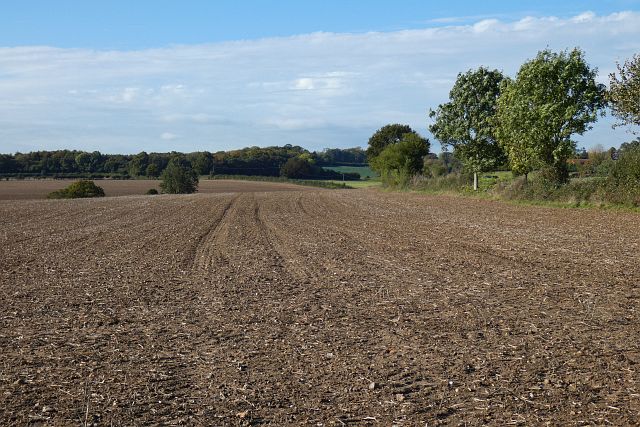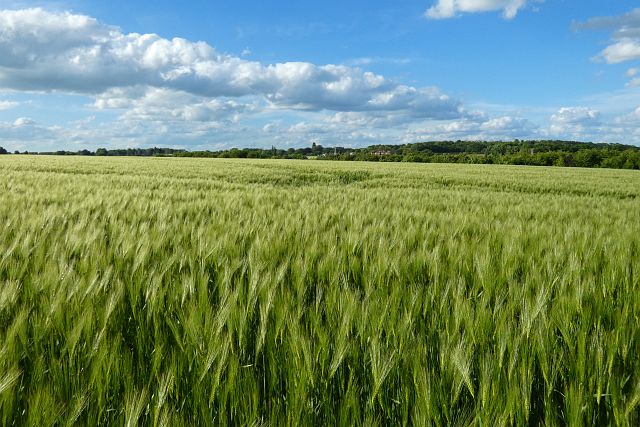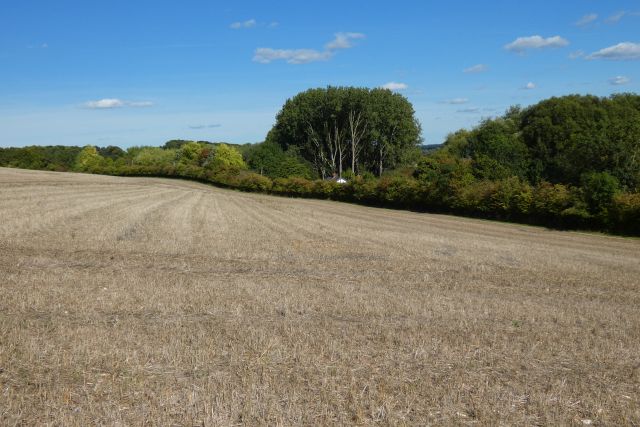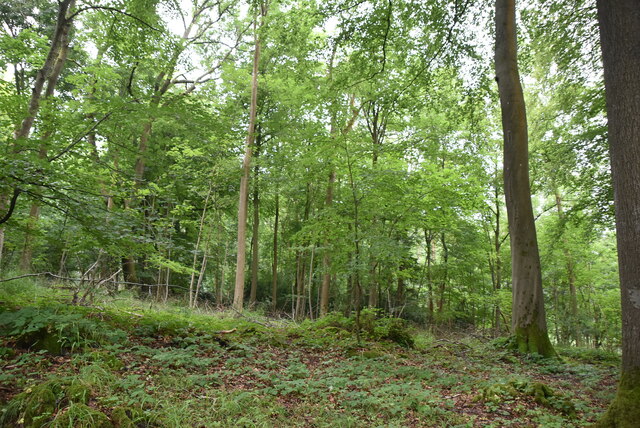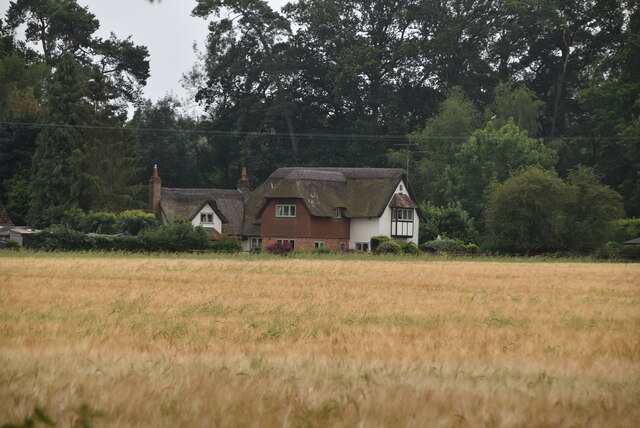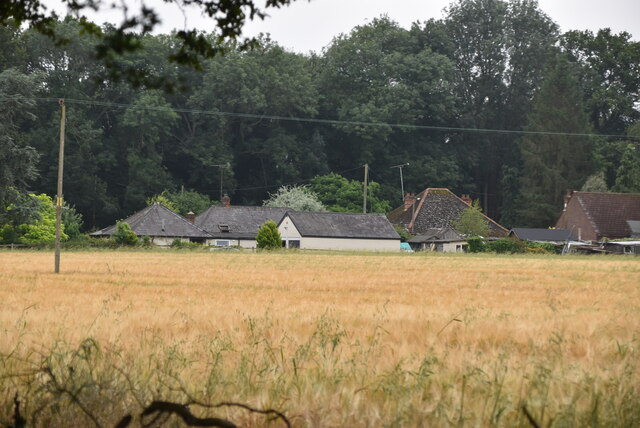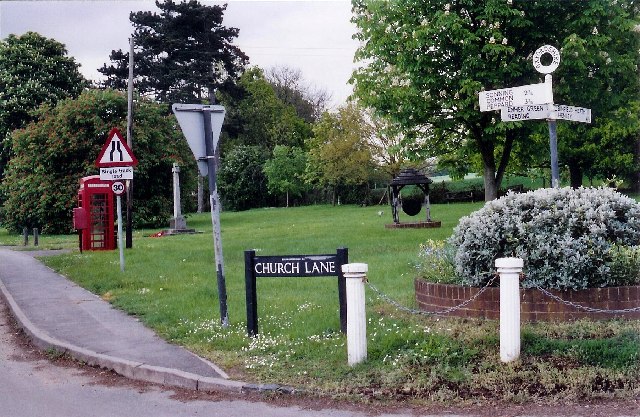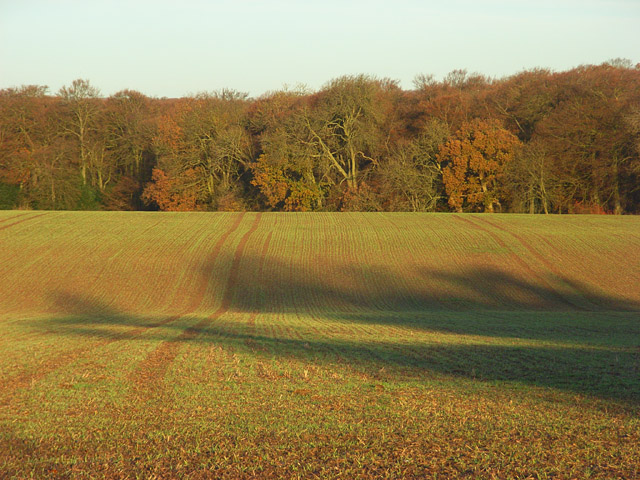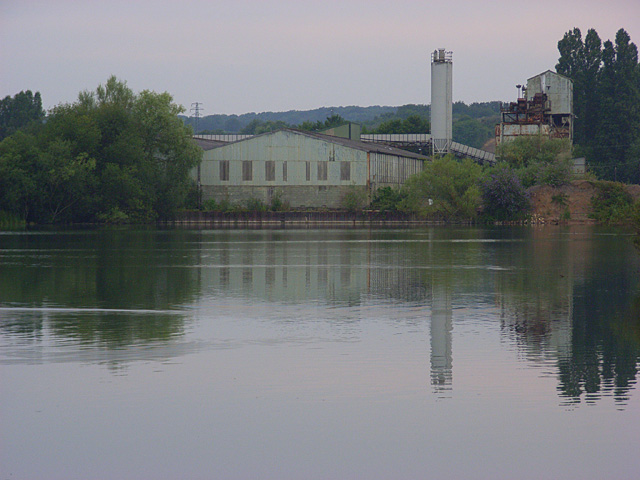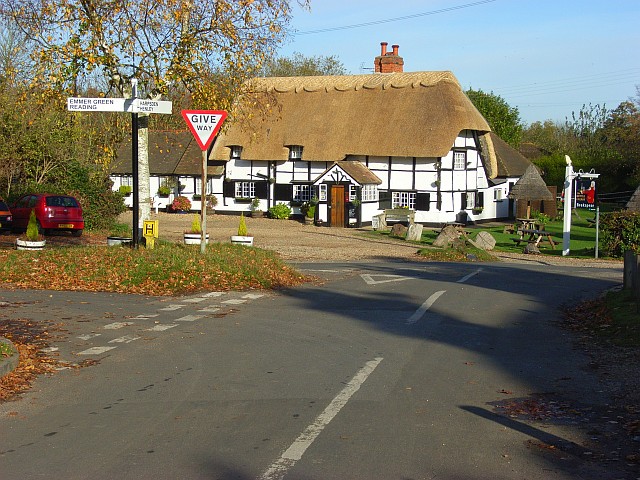Radbrook's Copse
Wood, Forest in Oxfordshire South Oxfordshire
England
Radbrook's Copse
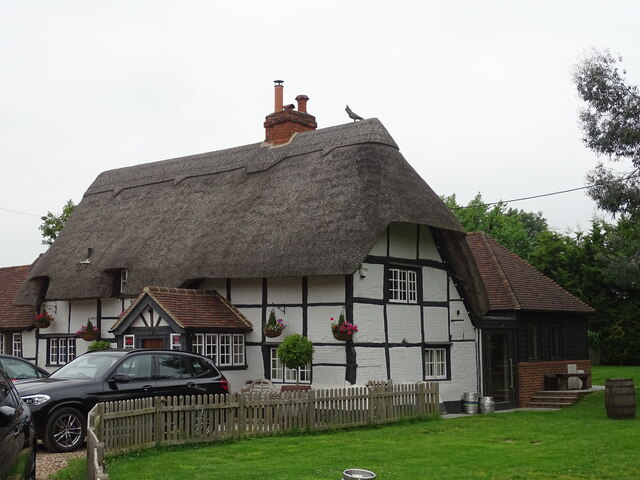
Radbrook's Copse is a beautiful woodland located in Oxfordshire, England. Covering an area of approximately 50 acres, it is nestled in the heart of the county and is a haven for nature enthusiasts and outdoor adventurers alike.
The copse is characterized by its diverse range of tree species, including oak, beech, and birch, creating a rich tapestry of colors throughout the seasons. The woodland floor is carpeted with an array of wildflowers, such as bluebells and primroses, adding to the charm and beauty of the area.
Tranquil walking trails wind their way through Radbrook's Copse, providing visitors with the opportunity to explore and immerse themselves in the natural surroundings. These pathways offer stunning vistas and are lined with benches, allowing visitors to pause and take in the breathtaking scenery.
The copse is home to a variety of wildlife, making it a haven for birdwatchers and nature photographers. Visitors may spot species such as woodpeckers, owls, and deer, adding to the enchantment of the woodland experience.
Radbrook's Copse is not only a place of natural beauty but also a site of historical significance. It is believed to have been an ancient woodland for centuries, with remnants of old boundary ditches and earthworks still visible today.
Managed by local authorities, the copse is carefully maintained to preserve its ecological balance and ensure the protection of its unique flora and fauna. It is open to the public year-round, providing a serene and peaceful retreat for those seeking solace in nature.
If you have any feedback on the listing, please let us know in the comments section below.
Radbrook's Copse Images
Images are sourced within 2km of 51.493766/-0.92606184 or Grid Reference SU7477. Thanks to Geograph Open Source API. All images are credited.



Radbrook's Copse is located at Grid Ref: SU7477 (Lat: 51.493766, Lng: -0.92606184)
Administrative County: Oxfordshire
District: South Oxfordshire
Police Authority: Thames Valley
What 3 Words
///expose.ducks.impact. Near Sonning, Berkshire
Nearby Locations
Related Wikis
Holmwood, Binfield Heath
Holmwood is a country house in the village of Binfield Heath in Oxfordshire, England. It is situated on Shiplake Row in the village of Binfield Heath near...
Dunsden Green
Dunsden Green or Dunsden is a village in the civil parish of Eye & Dunsden in the South Oxfordshire ward of Sonning Common, about 3 miles (5 km) northeast...
Eye and Dunsden
Eye and Dunsden is a largely rural civil parish in the most southern part of the English county of Oxfordshire. It includes the villages of Sonning Eye...
Berry Brook
The Berry Brook is a stream close to Sonning Eye in the flood plain of the River Thames, in southern Oxfordshire, England.The stream flows northeast from...
Playhatch
Playhatch (or Play Hatch) is a hamlet in the civil parish of Eye & Dunsden in South Oxfordshire, England, about 2 miles (3.2 km) northeast of Reading,...
Sonning Works
The Sonning Works are a gravel works owned by Lafarge, located near Sonning Eye, Oxfordshire, England. == Overview == The gravel works is positioned on...
Binfield Heath
Binfield Heath is a village and civil parish in South Oxfordshire, England, 2+1⁄2 miles (4 km) south-southwest of Henley-on-Thames and 3+1⁄2 miles (6 km...
French Horn, Sonning Eye
The French Horn at Sonning is a hotel and restaurant on the banks of the River Thames next to the Sonning Backwater Bridges, at Sonning Eye, Oxfordshire...
Nearby Amenities
Located within 500m of 51.493766,-0.92606184Have you been to Radbrook's Copse?
Leave your review of Radbrook's Copse below (or comments, questions and feedback).
